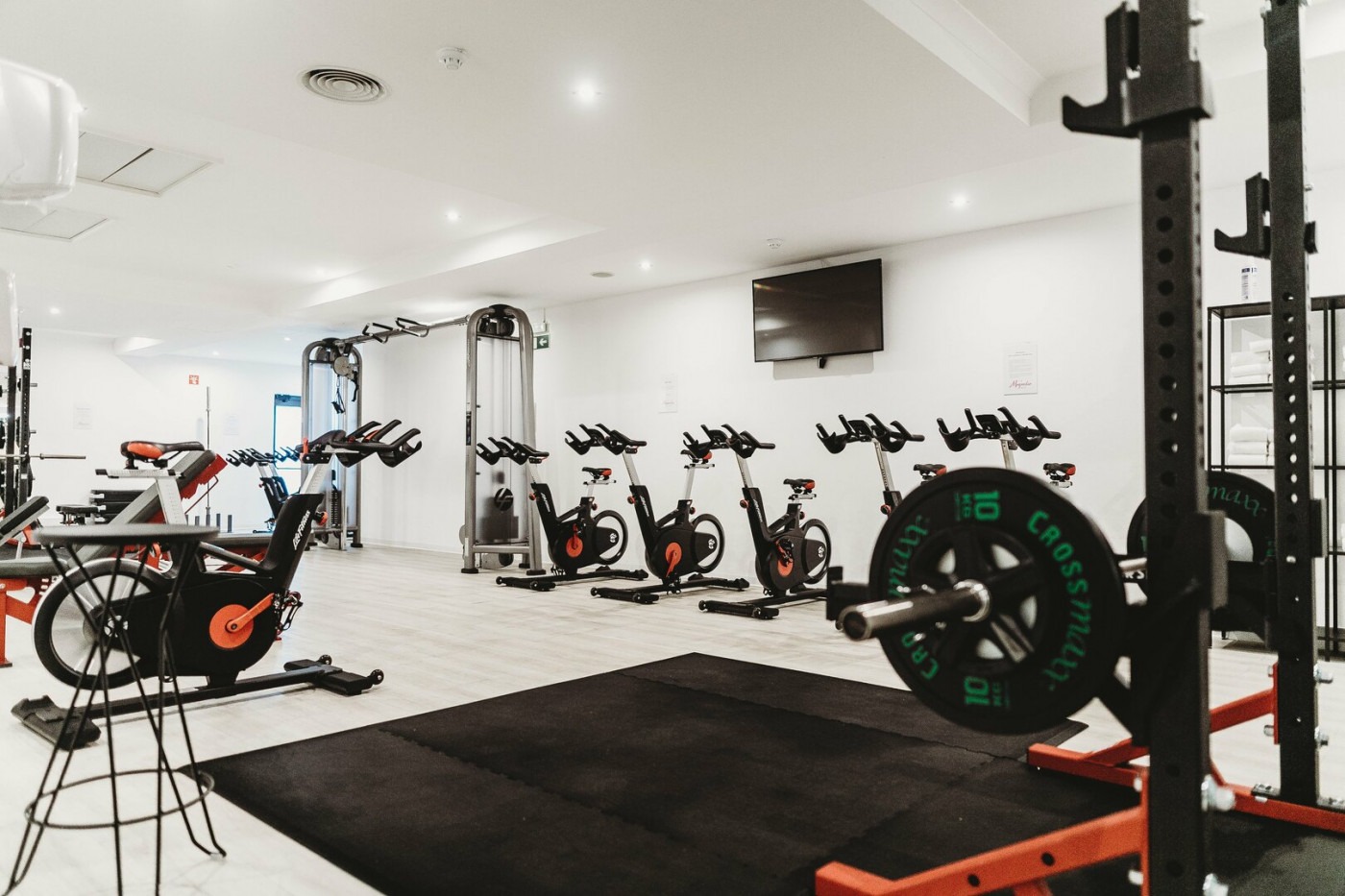Gym culture: a new economic driver?
In 2024, both the number of fitness facilities and gym memberships in the United Kingdom reached an all-time high, with over 10.5 million members.
This is evidence of a profound recovery in the fitness sector post-lockdown, where most gyms were forced to shut due to Covid-19. Many people resorted to watching online videos to work out, but the statistics show that gyms were clearly missed.
Gen Z’s investment in gym culture has been a decisive factor in the boom of gym memberships in the past few years. Social media has undoubtedly encouraged more people to go to the gym with the increase in gym content and the importance of valuing self-improvement, motivating more millennials and Gen Z, or ‘Generation Active’, to leave their rooms and move their bodies.
TikTok and Instagram are two major facilitators of social media gym content for young consumers – each time I open these apps, I see videos about the latest ‘trendy’ workouts (which appear to be the Stairmaster right now) or influencers promoting their favourite gymwear brands, like Gymshark. In parallel, Vogue Business has noted how “activewear and fashion are becoming increasingly intertwined… We’re seeing fashion retailers introduce performance styles, while sportswear brands are experimenting with more trend-led silhouettes” in order to appeal to the young gym-goer consumer market.
Only 1 in 10 Brits are meeting the NHS recommended activity levels
The UK has also witnessed a rise in the popularity of technology used for tracking exercise, with 42% of those who took part in a 2024 survey revealing that they use devices such as smartwatches or health and fitness trackers. This increased interest in gym culture has already benefitted the economy. According to a global Gen Z report by NielsenIQ and World Data Lab, gaining the attention and consumer power of Gen Z is vital. This is because ‘their global spending power is projected to reach $12 trillion by 2030 – a feat that could make them the wealthiest generation in every region of the world’.
Avid gym-goers have also had a profound impact on the economy, not just from buying gym memberships but by boosting employment in the fitness industry. For example, the estimated number of people who work in the sports and fitness industries has risen from 152,500 in Q4 of 2021 to 189,600 in Q3 of 2024. Furthermore, there has been an increase in the personal training industry. There were over 22,000 personal trainers in the UK in 2023, and the market size of this industry is projected to surpass £800 million in 2025.
However, only 1 in 10 Brits are meeting the NHS recommended activity levels, but if more people are exercising, which benefits both physical and mental health, then the NHS’s savings will increase. The NHS website promotes physical activity, ranging from walking to carefully constructed workouts. They inform people on how to get active, provide curated collections of home workout videos and recommend apps for improving fitness, such as ‘Couch to 5K’ and ‘Active 10’.
The rise in gym memberships over the last few years is a hopeful indicator that gym culture is not a phase
Exercise releases endorphins and is crucial in improving mental health. PureGym’s UK Fitness Report from last year found that 51% of the population do not consider themselves mentally healthy, and this aspect of health, as well as cardiovascular fitness/endurance, are the two areas that people in the UK want to improve the most.
The UK government has a guide on the NHS website about the recommended weekly activity levels, which include strength training and suggestions for engaging in a mix of moderate, vigorous, and very vigorous activity. However, this information is not circulated enough, and I only found the government’s fitness advice for the first time while researching. Therefore, the government should strive to make this information more well-known, whether through advertisements, news broadcasts or making it a requirement to learn about in educational institutions and workplaces. They could also invest more money in maintaining publicly accessible sports facilities and providing more community assets, like swimming pools and sports halls, as not everyone can afford a gym membership.
PureGym’s ‘UK Fitness Report – 2024/25’ highlighted how 76% of people ‘aspire’ to be fit and healthy, and evidence from the rise in gym memberships over the last few years is a hopeful indicator that gym culture is not a phase, but will be a long-lasting cultural shift. The gym improves mental and physical health and is also considered a great social activity for some people, motivating them to make the gym a bigger part of their routine and lifestyle. Ultimately, the increase in people exercising and attending the gym not only benefits their overall health but also the economy in general – a win-win situation.

Comments